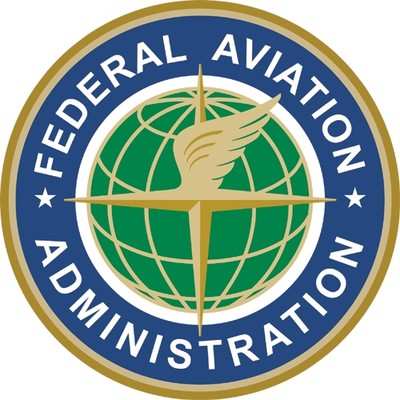Wed, Mar 12, 2014
Says Not All Installations Have Resulted In 'Ideal' Performance
The FAA has issued a Safety Alert for Operators (SAFO) focusing on continuing reports of GPS/ GNSS installations or upgrades in which integration with existing autopilots has resulted in less than ideal performance in some modes or conditions. Lateral and vertical performance of particular combinations of legacy autopilots and GPS/GNSS systems may or may not have been considered by the equipment manufacturer during the original integration and certification of the GPS/GNSS.

According to the FAA, the problems and issues caused by coupled GPS/GNSS and autopilot systems may cause an increase in workload for the flightcrew when it comes to complying with rules of separation and navigation. The situation is typically the result of incompatibility in the interface between legacy autopilots and the new or upgraded navigation source. Of particular concern is navigation equipment originally intended for Title 14 of the Code of Federal Regulations (14 CFR) Part 23 aircraft installed on Part 25 aircraft. These alterations leverage existing Supplemental Type Certificate (STC) data for use in field approvals but neither the compatibility of the equipment/system to the particular aircraft nor compliance with the applicable airworthiness standards were adequately evaluated. The GPS/GNSS manufacturer has not, in most cases, evaluated compatibility with every autopilot or other interface that may be encountered, nor is that the FAAs expectation during the original STC approval. Instead,
the GPS/GNSS manufacturer tests a limited number of combinations for integration, and lists those deemed compatible on their STC.
The FAA recommends that all operators, maintenance personnel, Organization Designation Authorizations (ODA), Designated Engineering Representative (DER), and repair stations are reminded that when choosing to install or upgrade systems or equipment by means other than STC, a thorough evaluation of the alteration must still be accomplished.
The evaluation must address system compatibility where it has not been previously established. It is the responsibility of the installer to ensure that all of the considerations and applicable airworthiness standards have been addressed for installation and operation of the equipment or systems, including proper lateral and vertical coupling and in-flight performance of the autopilot.
For system combinations where incompatibility of input and output requirements result in non-functional or degraded modes of operation a solution may be to include a digital-to-analog or roll steering converter, as appropriate, in the navigator/autopilot interface. Available guidance includes Advisory Circular (AC) 20-138C, Airworthiness Approval of Positioning and Navigation Systems which in turn references other ACs that address autopilot compatibility and compliance.
Operators experiencing less than ideal performance following GPS/GNSS installations or upgrades that are integrated with existing autopilots should contact the installer to ensure a proper evaluation of the integration was accomplished prior to installation. Installers must recognize further showings and FAA engineering involvement may be necessary if satisfactory installed performance of the system cannot be achieved by the installer. Operators should suspend use of coupled autopilot modes if the conditions discussed in this SAFO exist until the cause(s) are identified and remedied.
More News
Terminal Radar Service Area Airspace surrounding designated airports wherein ATC provides radar vectoring, sequencing, and separation on a full-time basis for all IFR and participa>[...]
Aero Linx: Utah Back Country Pilots Association (UBCP) Through the sharing experiences, the UBCP has built upon a foundation of safe operating practices in some of the most challen>[...]
From 2010 (YouTube Edition): Imagine... Be The Change... Inspire FROM 2010: One of the more unusual phone calls I have ever received occurred a few years ago... from Anousheh Ansar>[...]
(Pilot) Felt A Shudder And Heard The Engine Sounding Differently, Followed By The Engine Chip Detector Light On April 14, 2025, about 1800 Pacific daylight time, a Bell 206B, N1667>[...]
Also: AMA Names Tyler Dobbs, More Falcon 9 Ops, Firefly Launch Unsuccessful, Autonomous F-16s The Air Force has begun ground testing a future uncrewed jet design in a milestone tow>[...]
 ANN's Daily Aero-Term (05.07.25): Terminal Radar Service Area
ANN's Daily Aero-Term (05.07.25): Terminal Radar Service Area ANN's Daily Aero-Linx (05.07.25)
ANN's Daily Aero-Linx (05.07.25) Classic Aero-TV: Anousheh Ansari -- The Woman Behind The Prize
Classic Aero-TV: Anousheh Ansari -- The Woman Behind The Prize NTSB Prelim: Bell 206B
NTSB Prelim: Bell 206B Airborne-NextGen 05.06.25: AF Uncrewed Fighters, Drones v Planes, Joby Crew Test
Airborne-NextGen 05.06.25: AF Uncrewed Fighters, Drones v Planes, Joby Crew Test



